Chhurpi: The Himalayan Cheese
Introduction
The Himalayan region of India, stretching from Jammu & Kashmir to Arunachal Pradesh, is one of the most biodiverse ecosystems in the world. In these regions, the preparation and consumption of traditional fermented milk products are common cultural practices. Among these, chhurpi stands out as a nutritious, shelf-stable cheese with a unique identity. Rich in protein and marked by a smoky flavor and hard consistency, chhurpi is a beloved traditional product in parts of eastern India, Nepal, Tibet, and Bhutan. Often referred to as the “Himalayan chewing gum,” it softens gradually as it’s chewed and is widely consumed during cold winter mornings in the highlands to help people endure harsh climates.
Traditionally made from the milk of yaks, chauri (a hybrid of a male yak and female cow), or cows, chhurpi plays a central role in the local diet and economy.
Types of Chhurpi
There are two main types of chhurpi:
- Hard Chhurpi:
Made mostly from yak milk, it is dense, chewy, and ideal as a long-lasting snack. It is known for its extraordinary shelf life—up to 20 years when properly stored in yak skin—making it an essential food for nomadic herders. - Soft Chhurpi:
Prepared by fermenting cow milk, soft chhurpi has a milder sour taste and soft texture. It is made by curdling whey and fermenting the curds at room temperature. Once the water drains out, it is used in place of vegetables—especially valuable in areas where fresh produce is scarce. It is commonly added to curries and pickles, offering both taste and nutritional value.
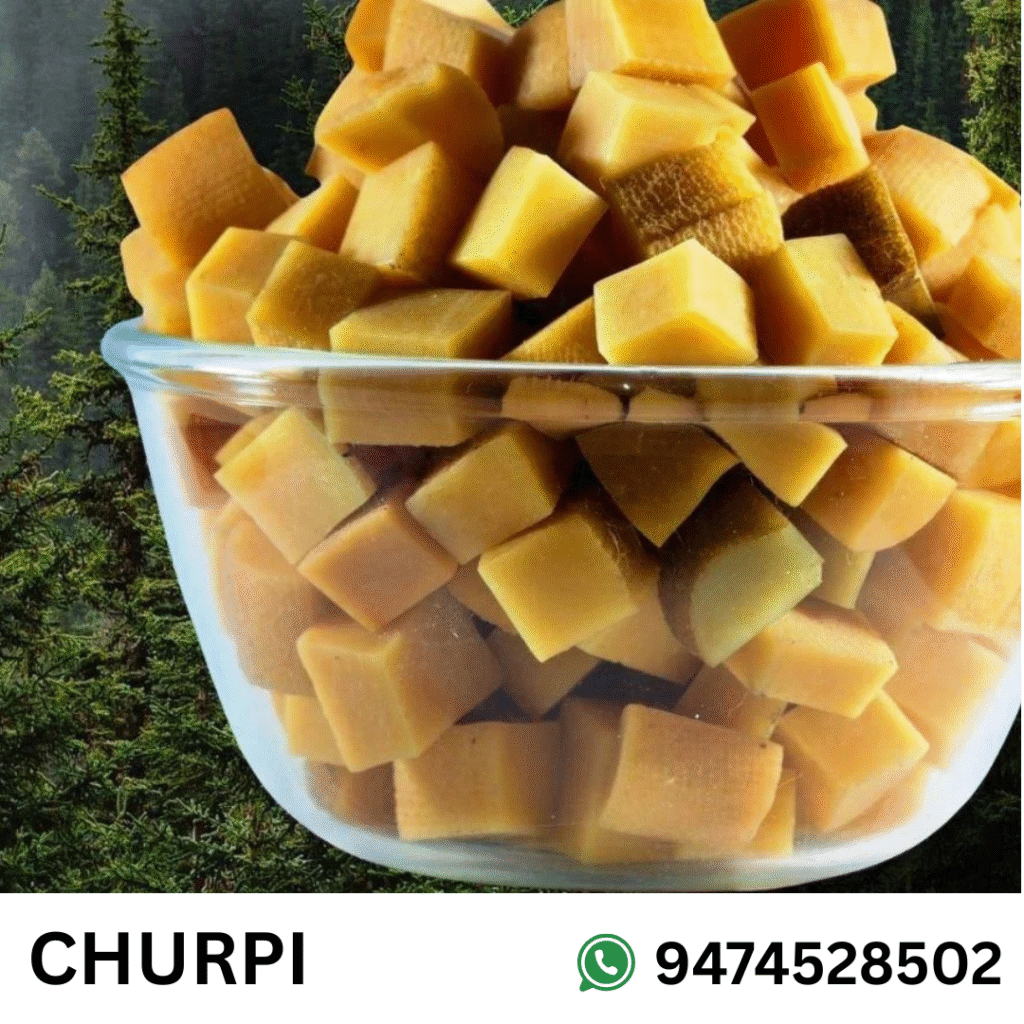
Preparation Process
Soft chhurpi is made by wrapping curds in cloth and hanging them to drain, allowing fermentation at room temperature. In contrast, hard chhurpi involves pressing and curing the cooked curds for 2–3 days, cutting them into rectangular blocks, and drying them slowly over a wood fire or under the sun for 5–7 days. The low moisture content is key to its long shelf life and durability.
Health Benefits
Research highlights fermented dairy products like chhurpi for their numerous health benefits:
- Antimicrobial and immunomodulatory effects
- Anticarcinogenic and cholesterol-lowering properties
- High protein, low fat – ideal for diabetics and those building muscle
- Rich in Vitamin A, calcium, phosphorus, magnesium, zinc, omega-3 fatty acids, and antioxidants
- About 15% higher amino acid content compared to regular cow milk cheese
The milk used in chhurpi is organic, as yaks and chauri graze on wild herbs and grasses in high-altitude pastures. The fermentation is natural, without any chemical preservatives. Lactic Acid Bacteria (LAB), which drive the fermentation process, contribute to both the health-promoting and sensory qualities of chhurpi. Hard chhurpi also promotes oral health by reducing plaque and strengthening gums.
Culinary Uses
Chhurpi is a staple in the diets of people in Darjeeling, Sikkim, Nepal, Bhutan, and Arunachal Pradesh. Daily consumption in places like Darjeeling (6.9g/day) and Sikkim (9.9g/day) underscores its importance.
- Soft Chhurpi: Used as filling for momos, soups, curries, and pickles. It pairs well with rice and adds depth to many dishes.
- Hard Chhurpi: Often chewed like gum or eaten as a high-energy snack. It’s also marketed internationally as a healthy dog treat rich in essential nutrients.
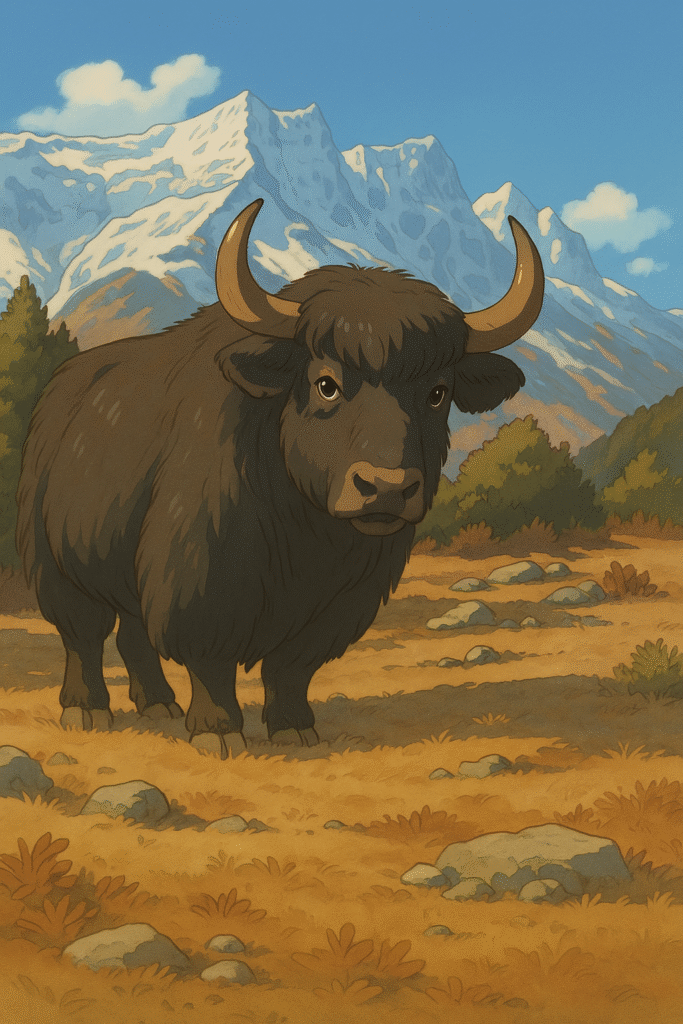
Conclusion
Ethnic fermented foods like chhurpi are the result of generations of indigenous knowledge and cultural heritage. Traditionally prepared using local ingredients and techniques, these foods are deeply embedded in the social and culinary fabric of Himalayan communities. Chhurpi not only nourishes but also tells the story of resilience, tradition, and sustainability.
Despite its importance, scientific research on chhurpi remains limited. The production methods are not standardized, as each ethnic community in the Himalayas has its own unique recipe. Efforts must be made to document, promote, and innovate within this tradition to preserve its legacy and expand its reach.

With its rich history and nutritional value, chhurpi represents more than just food—it is a cultural treasure. As it gains popularity in international markets, there is vast potential for research and development in traditional cheese-making techniques rooted in the Himalayas.



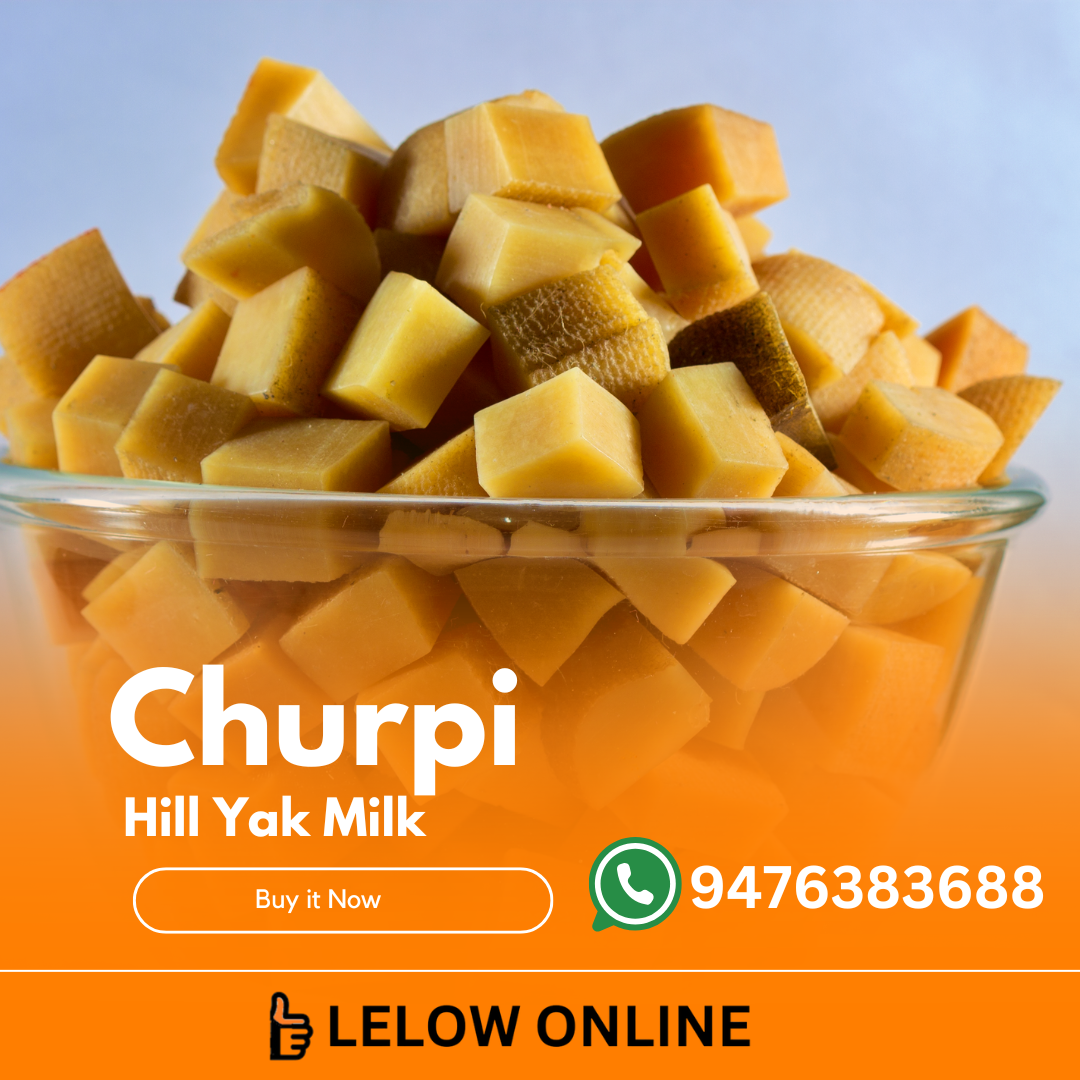
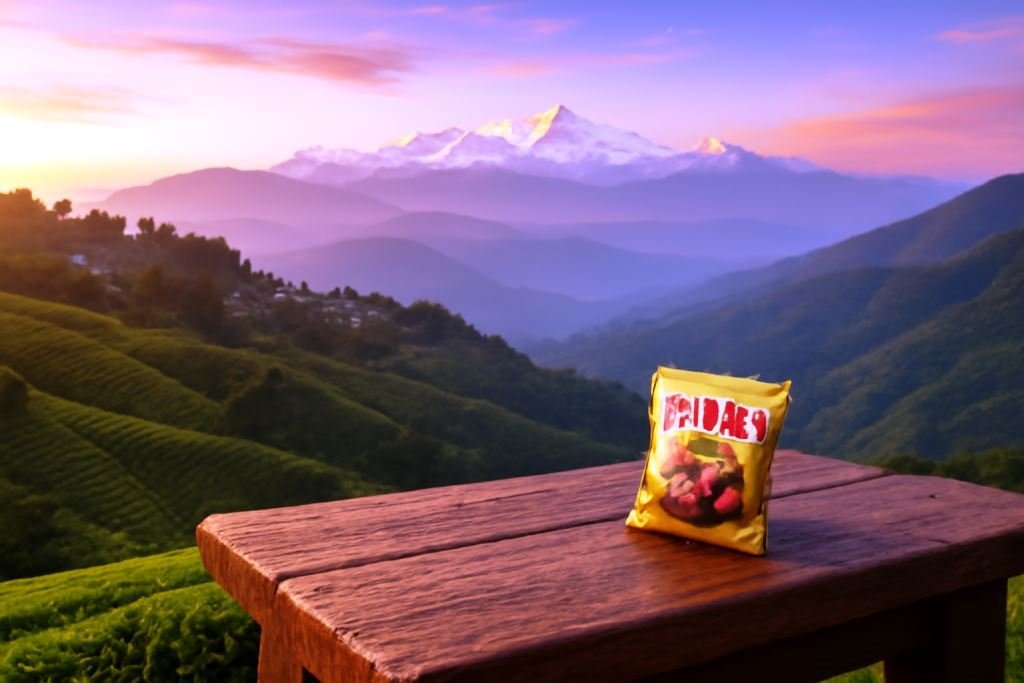

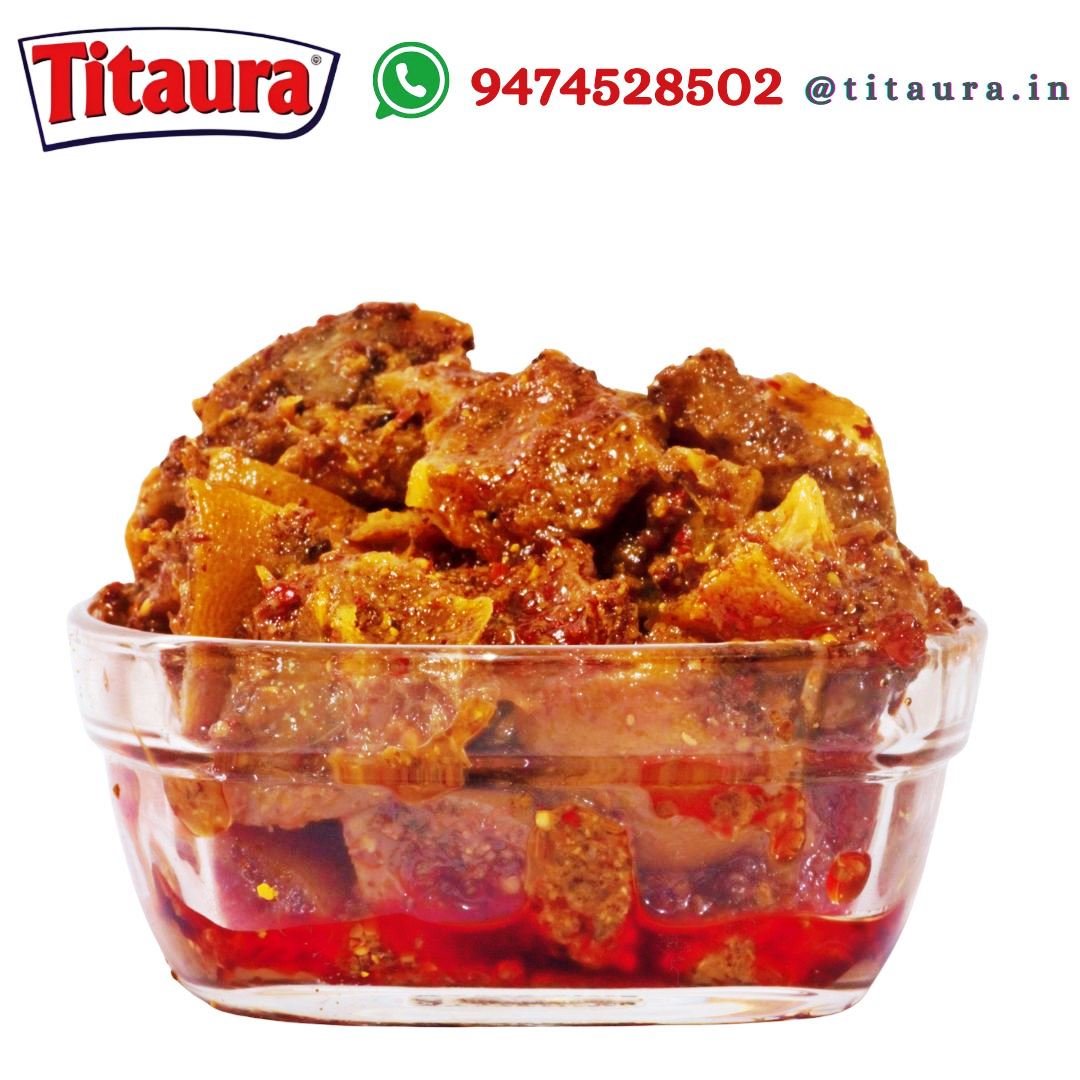
Leave a Reply